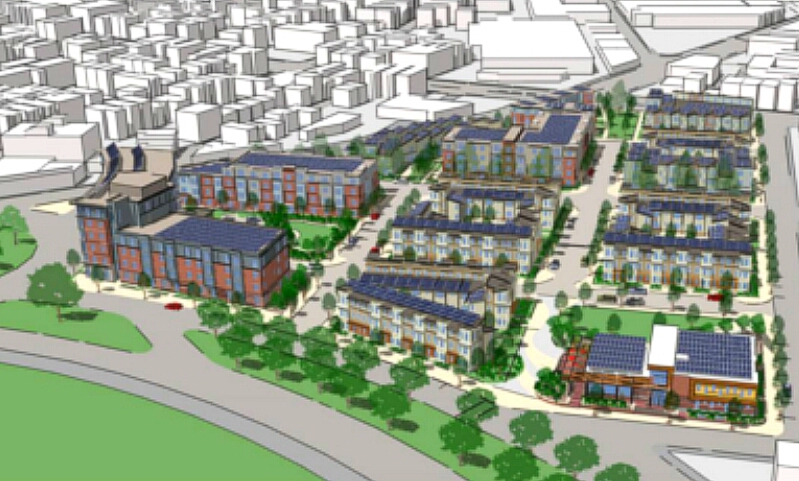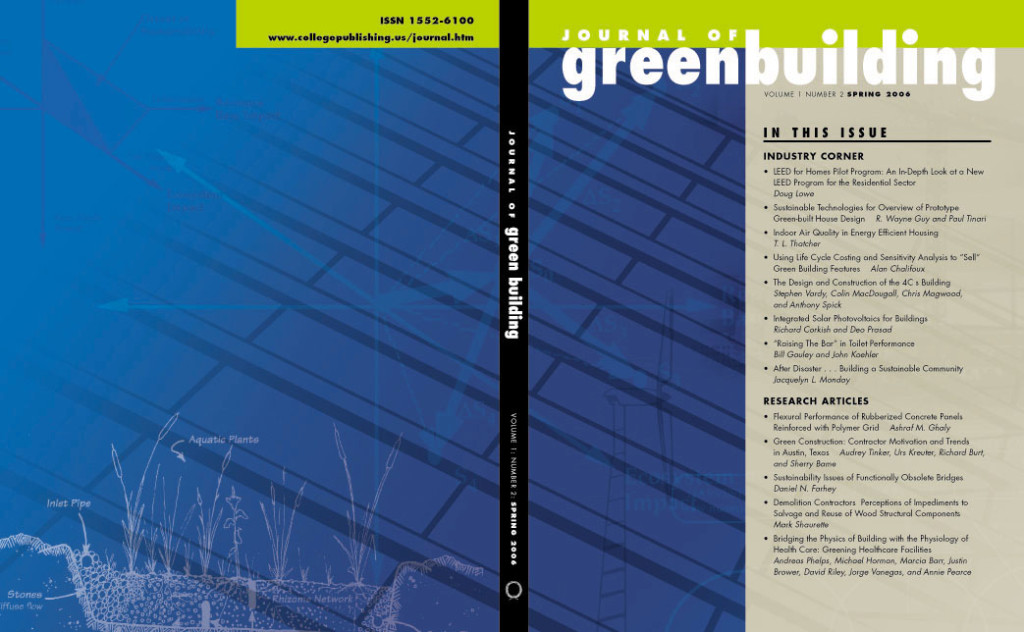The “green building” trend is often associated with helping the environment by using eco-friendly materials and energy-saving techniques. These practices are designed to help improve the health of the people living in them, too. And scientists from Harvard School of Public Health are now reporting evidence that they can indeed help people feel better, including those living in low income housing. Published in the American Chemical Society’s journal, Environmental Science & Technology, the study found that certain medical health problems noticeably improved when public housing residents moved into green buildings.
U.S. Adults Spend Around 65% Of Their Time Indoors
Adults in the U.S. spend on average 65% of their time in their homes. But indoor air quality is often bad. Homes are notoriously full of pollutants, including particulate matter, nitrogen dioxide, tobacco smoke and other compounds. These pollutants can exacerbate respiratory problems such as asthma or even lead to cancer. In low income communities, poorly maintained housing and locations close to industrial zones can be important factors in poor indoor air quality.
Few studies have measured what the green building standards mean for people’s health, but the chance to do so occurred in Boston, Massachusetts, in 2011. As part of its efforts to improve housing conditions for residents across the city, the Boston Housing Authority started redeveloping several buildings using green design features. Included among the design changes were switching from gas to electric stoves and prohibiting indoor smoking.
Indoor Air Quality Is An Important Predictor Of Health
Gary Adamkiewicz, of the Department of Environmental Health, Harvard School of Public Health, in collaboration with Meryl Colton and other colleagues intiated the study, which recieved funding from the U.S. Department of Housing and Urban Development. Adamkiewicz and Colton note that indoor air quality is an important predictor of health, especially among low income populations.
For two years, Adamkiewicz and his team conducted environmental sampling, home inspections, and health questionnaires with families in green buildings and conventional (control) apartment buildings in two public housing developments. A subset of participants was followed as they moved from conventional to green, or from conventional to conventional housing.
Findings Prove Green Buildings Have Significantly Improved Air Quality
The team measured particulate matter, formaldehyde, nitrogen dioxide (NO2), nicotine, carbon dioxide (CO2), and air exchange rates over a sampling period of seven days while administering questionnaires to the residents. The samplings from the homes in the green buildings showed particulate matter was 57% lower, NO2 was 65% lower, and nicotine was 93% lower than the homes in the conventional buildings used for control. There were also fewer reports of indoor mold, pests, inadequate air ventilation, and stuffiness from the residents of the green buildings.
Additionally, residents in the green buildings reported 47% fewer “sick building syndrome” symptoms, including headaches and itchy or burning eyes, that are commonly linked to indoor air pollution. “This work builds on more than 10 years of work in public housing and highlights an important opportunity to improve health in low income communities on a large scale,” Adamkiewicz and his research team report.





